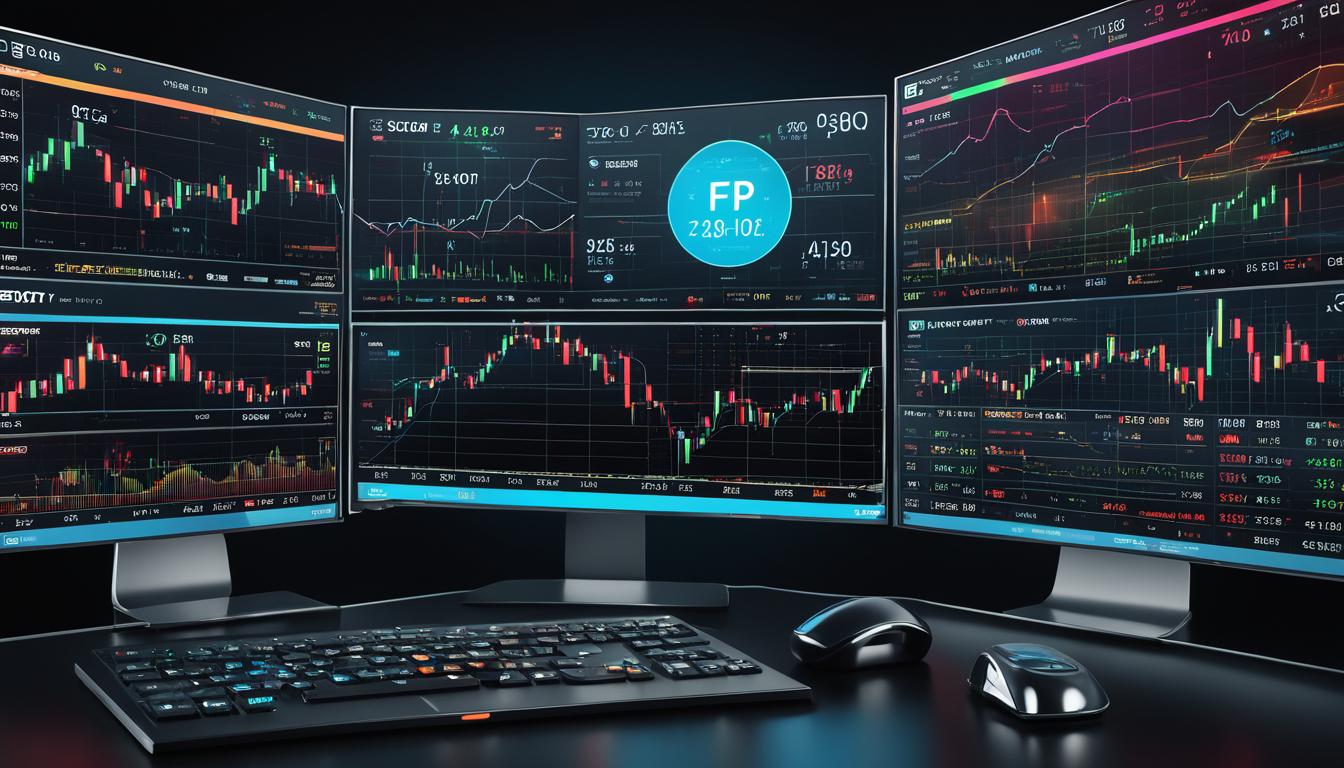Unleashing the Power of Forex Robots: Revolutionizing Trading Efficiency

In the dynamic world of foreign exchange (forex) trading, traders are constantly seeking tools and strategies to enhance their profitability and efficiency. One such tool that has gained significant popularity in recent years is the forex robot. These automated trading systems promise to streamline the trading process and capitalize on market opportunities with minimal human intervention. In this comprehensive guide, we’ll delve into the intricacies of forex robots, exploring their functionality, benefits, risks, and everything in between.
What are Forex Robots?
Forex robots, also known as expert advisors (EAs), are software programs designed to execute trades on behalf of traders in the forex market. These algorithms are programmed to analyze market conditions, identify trading opportunities, and execute buy or sell orders based on predefined parameters. Essentially, forex robots aim to automate the trading process, eliminating the need for manual intervention and emotional decision-making.
How Forex Robots Work
Forex robots operate on a set of predefined rules and algorithms programmed by their developers. These rules encompass various technical indicators, price patterns, and trading strategies aimed at generating profitable trades. Upon activation, the robot continuously monitors the market, scanning for favorable trading conditions. When a suitable opportunity arises, the robot executes the trade according to its programmed parameters, such as entry and exit points, position size, and risk management criteria.
Benefits of Using Forex Robots
The utilization of forex robots offers several compelling benefits for traders. Firstly, automation eliminates the psychological factors that often impede rational decision-making, such as fear, greed, and impulsivity. Additionally, robots can operate 24/7, capitalizing on trading opportunities across different time zones and sessions. Moreover, these systems can backtest trading strategies on historical data to assess their viability and optimize performance.
Risks and Limitations of Forex Robots
Despite their potential benefits, forex robots are not without risks and limitations. One of the primary concerns is the reliance on historical data and predefined algorithms, which may not always adapt effectively to evolving market conditions. Moreover, technical glitches or errors in the software can lead to unexpected losses or missed opportunities. Additionally, over-optimization of trading strategies based on past performance can result in poor performance in real-market conditions.
Types of Forex Robots
Forex robots come in various forms, ranging from simple scripts to sophisticated artificial intelligence algorithms. Some robots focus on specific trading strategies, such as trend following, scalping, or hedging, while others offer a combination of multiple strategies. Furthermore, robots can be categorized based on their level of autonomy, ranging from fully automated systems to semi-automated tools that require manual intervention.
Choosing the Right Forex Robot
Selecting the appropriate forex robot is a crucial decision that can significantly impact trading outcomes. Traders should consider factors such as performance metrics, risk management features, compatibility with their trading platform, and the reputation of the robot’s developer. Additionally, conducting thorough research and reading user reviews can provide valuable insights into the efficacy and reliability of a particular robot.
Setting Up and Using a Forex Robot
Once a forex robot is selected, traders must follow specific steps to set it up and integrate it into their trading platform. This typically involves downloading the software, installing it on the trading platform, and configuring the desired parameters, such as currency pairs, timeframes, and risk settings. Additionally, users should regularly monitor the robot’s performance and make necessary adjustments to optimize its effectiveness.
Common Misconceptions About Forex Robots
Despite their growing popularity, forex robots are often subject to misconceptions and myths in the trading community. One common misconception is that robots guarantee consistent profits without any effort or risk on the trader’s part. In reality, successful trading requires careful strategy development, risk management, and ongoing monitoring of market conditions. Additionally, some traders believe that forex robots can replace human judgment and expertise entirely, which is not always the case.
Success Tips for Using Forex Robots
To maximize the potential of forex robots, traders should adhere to certain best practices and strategies. Firstly, it’s essential to choose a reputable robot with a proven track record of performance and reliability. Additionally, maintaining realistic expectations and understanding the limitations of automated trading systems can help avoid disappointment and frustration. Furthermore, ongoing monitoring, optimization, and adaptation of trading strategies are crucial for long-term success.
Future Trends in Forex Robot Technology
The field of forex robot technology is continually evolving, with developers constantly innovating to enhance performance and functionality. One emerging trend is the integration of artificial intelligence and machine learning algorithms, enabling robots to adapt dynamically to changing market conditions and refine their trading strategies over time. Furthermore, advancements in cloud computing and data analytics are facilitating the development of more sophisticated and scalable trading solutions.
Case Studies: Successful Forex Robot Users
Numerous traders have achieved success and profitability through the strategic use of forex robots. Case studies of successful users can provide valuable insights into effective implementation strategies and best practices. By analyzing real-world examples of robot-assisted trading, traders can glean inspiration and guidance for optimizing their own trading endeavors.
Regulation and Legality of Forex Robots
The regulatory landscape surrounding forex robots varies by jurisdiction, with some authorities imposing restrictions or licensing requirements on their use. Traders should ensure compliance with relevant regulations and seek legal advice if uncertain about the legality of automated trading in their region. Additionally, verifying the credibility and reputation of robot developers can help mitigate the risk of fraudulent or non-compliant software.
Conclusion
Forex robots represent a powerful tool for traders seeking to automate and optimize their trading activities in the forex market. While they offer compelling benefits such as efficiency, scalability, and objectivity, it’s essential to approach their use with caution and diligence. By understanding the functionality, risks, and best practices associated with forex robots, traders can harness their potential to enhance profitability and achieve long-term success in trading.
